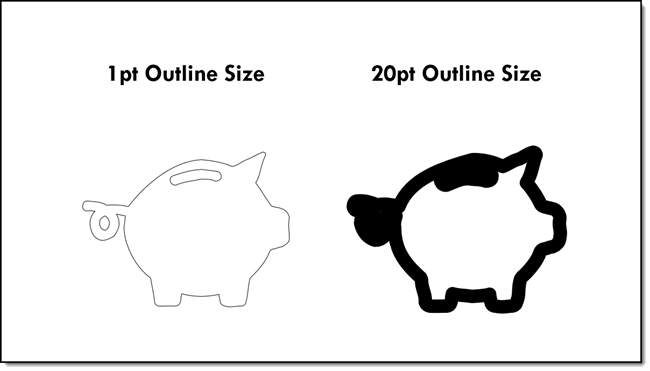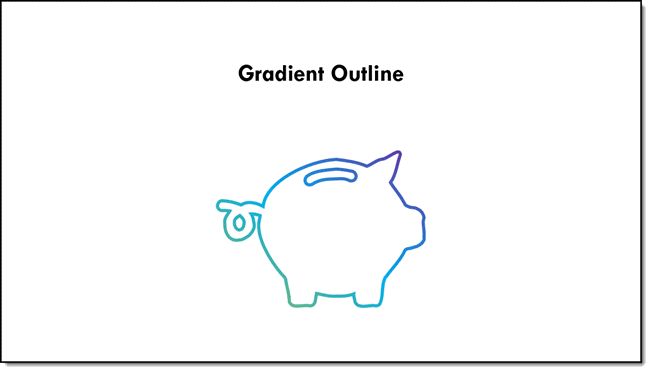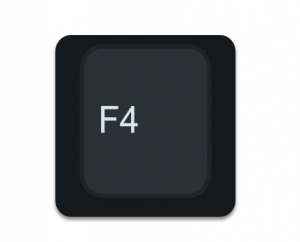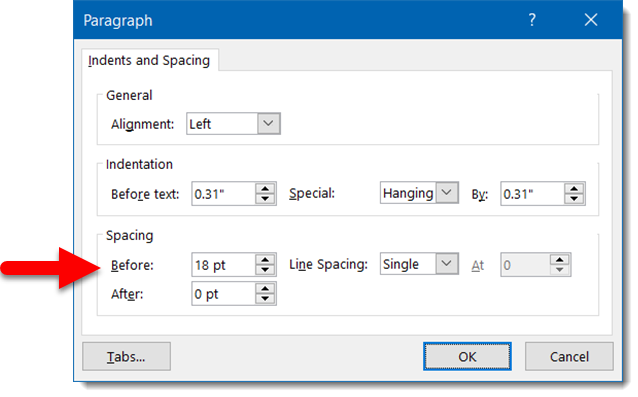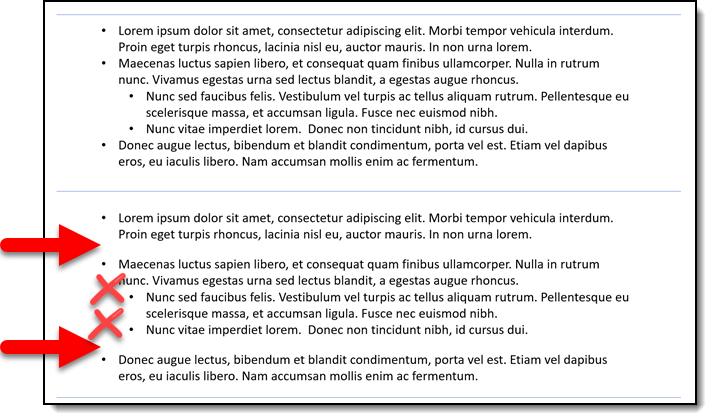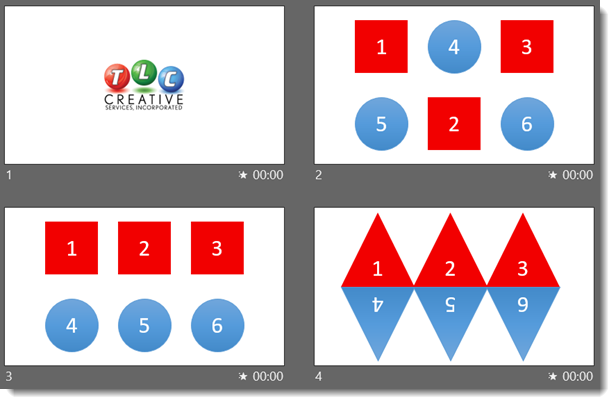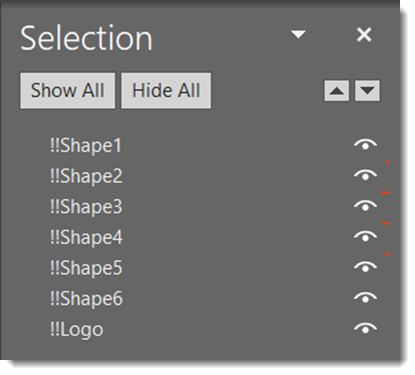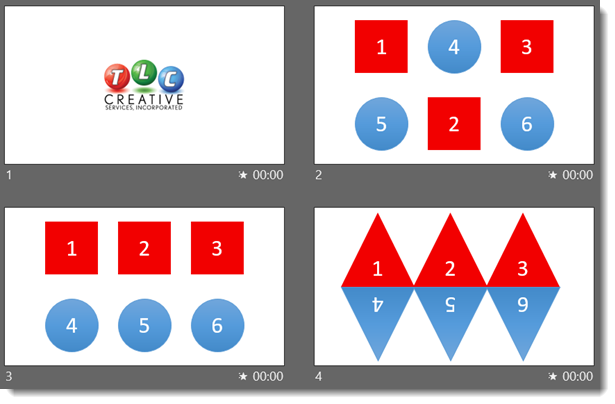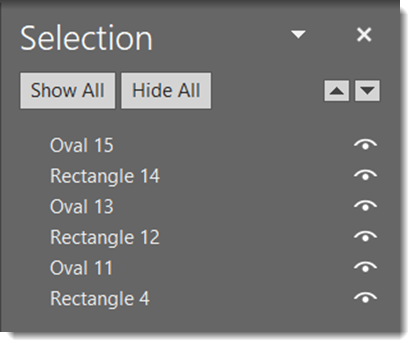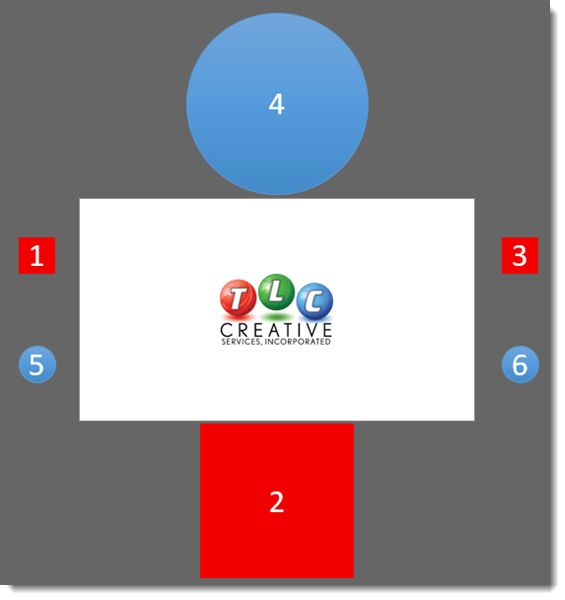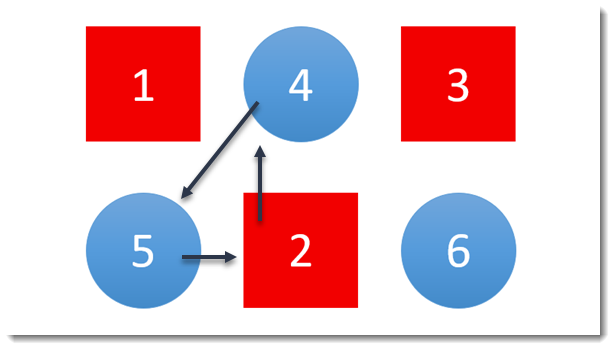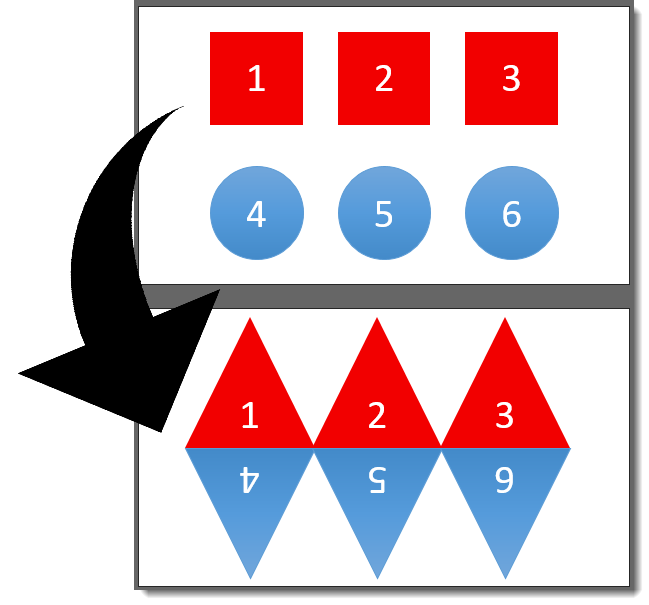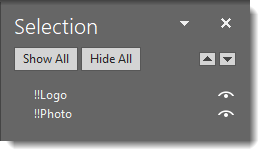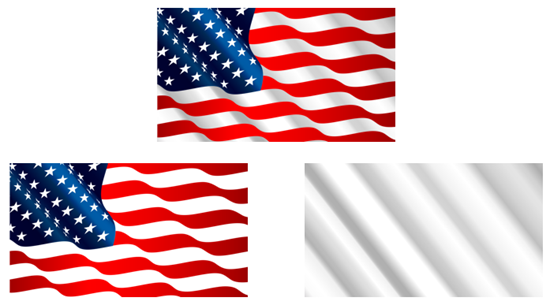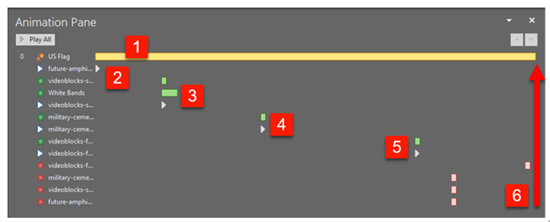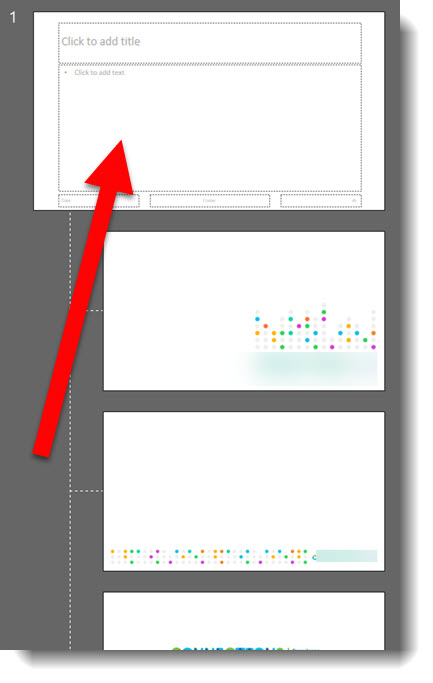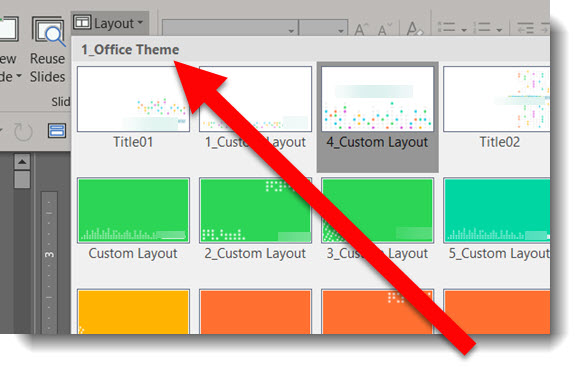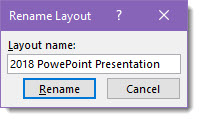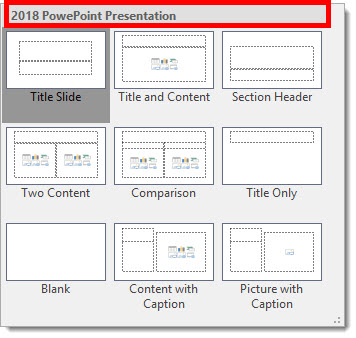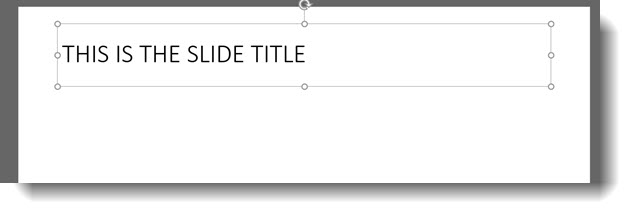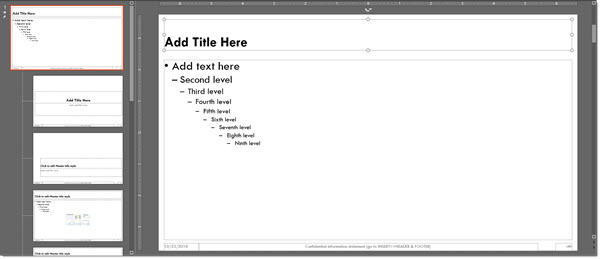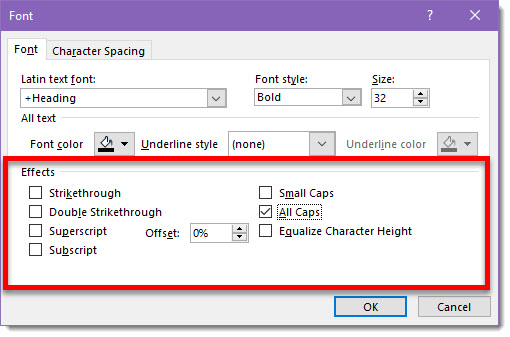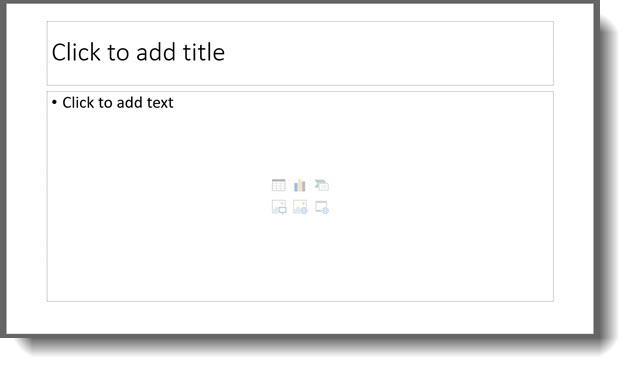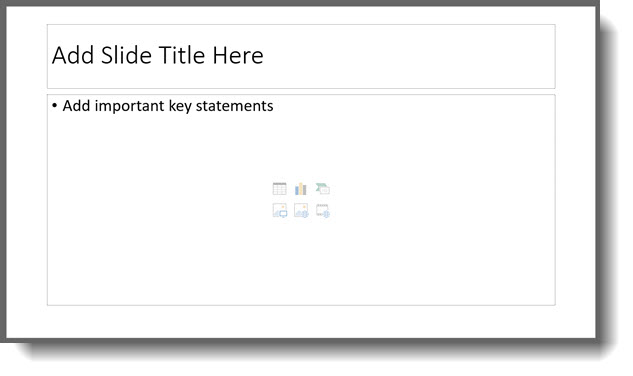PowerPoint “Sketched” Shapes
Outline Sketched is one of the newest design features in PowerPoint O365 version (on Windows, Mac, but on Online version yet). It applies a hand drawn, or “sketched” styling to shapes. As example:
The 1st step is to create any shape or insert a ppt object (read below for details)
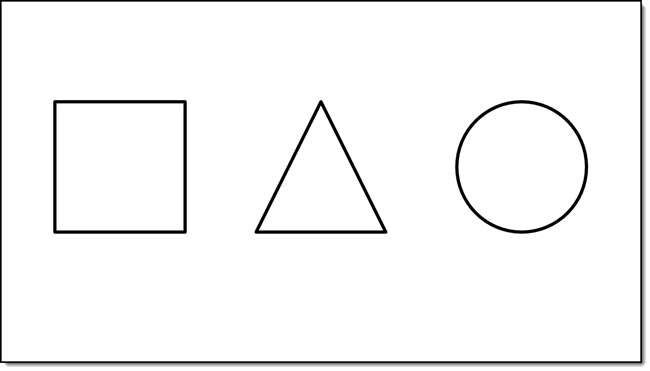
Select the object(s) and go to Shape Format > Shapes Styles tab > Shape Outline

In the Shape Outline drop down menu go to the new SKETCHED option that offers serveral preset “sketched” styles
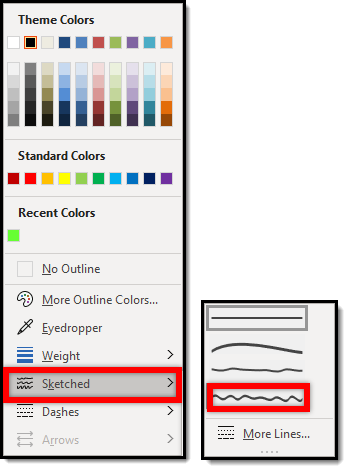
Notes:
There are several ways to access the Shape Outline menu (at TLC Creative we have it on our QAT).
Also, the Sketched settings are available in the “Format Shape” pane
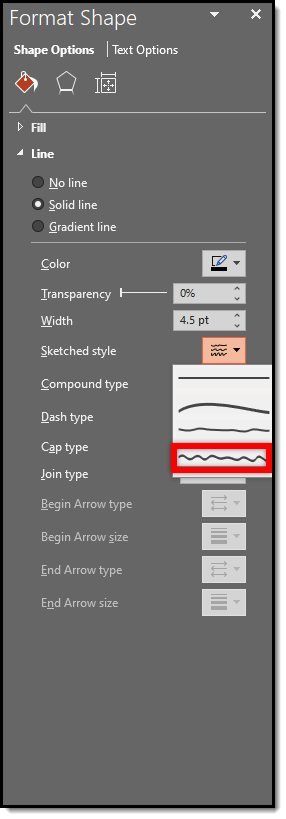
Applying a Sketched outline to the example objects does this:
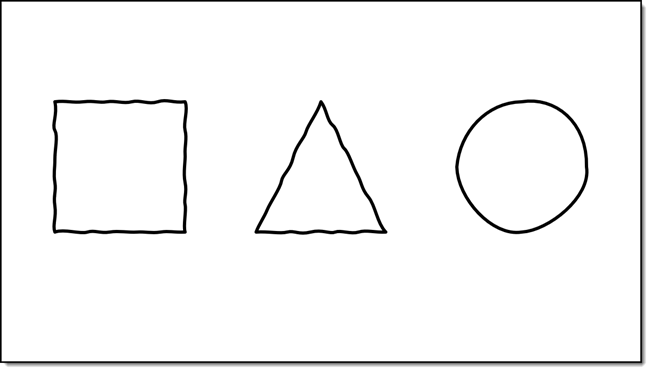
- The PowerPoint shapes remain completed editable!
- Objects can be filled and with the ability to still apply a sketch outline.
- Inserted .SVG graphics
- The only way to apply this outline to an inserted .svg art is to ungroup the svg file within ppt. However, this will ultimately change the svg into an emf shape and might change the look of the svg, i.e. if the svg is inserted with a gradient style and the object is ungrouped the object might become distorted in color etc.

- Inserted PowerPoint icons
- The native icons are basically an internal library of .svg graphics. The sketched styling can be applied the same way it can be applied to .svg graphics described above
- Ungroup the icon > click yes at the warning pop up, click yes > apply sketched outline styling
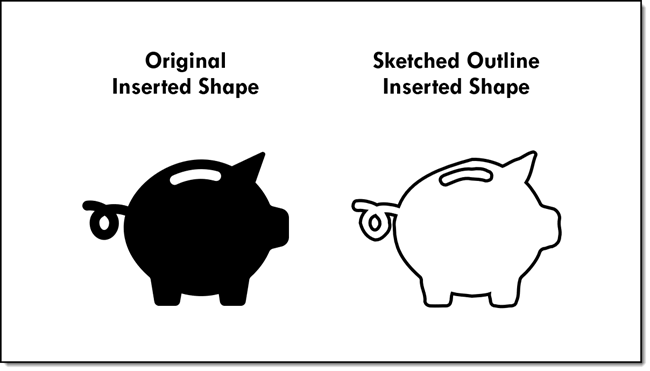
- Outlines can vary in weight (thickness). Test different weights to find the one that best works with the graphic. As example, our sample PowerPoint icon looks very different with a a thin 1pt outline and a thick 20pt outline
- Sketched outlines can have all PowerPoint styling options applied; color, shadow, or gradients
Troy @ TLC

